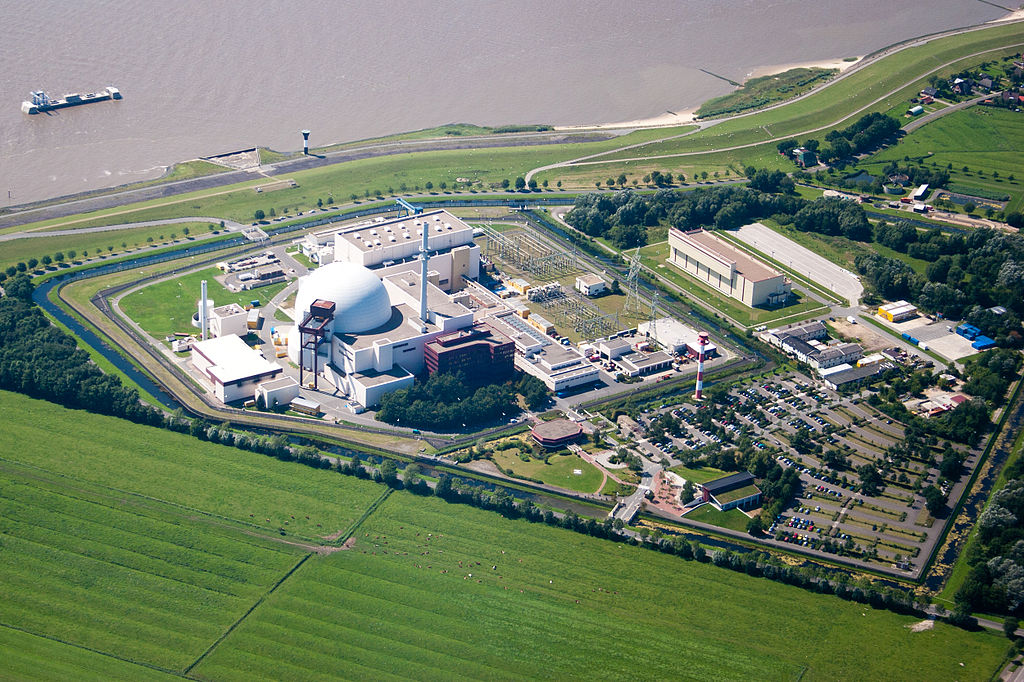The discussion about extending the lifetimes of the last remaining German nuclear power plants is just picking up speed again in view of the current energy crisis. While the CDU and FDP want to at least discuss an extension, the Greens and SPD immediately reject the further use of nuclear energy. A look at the situation by our guest author Hans Ambos.
Safety experts do not share arguments of the Ministry of Economy and Environment
The Ministry of Economy and Environment is blocking the continued operation of the last 3 remaining nuclear power plants with partly false arguments. It is claimed that there are safety problems and that ultimately there would be no fuel elements available because these would also come from Russia. Both statements have already been refuted several times by safety experts and the operators of these plants. The TÜV, which is responsible for safety, confirms in an expert report that all 3 nuclear power plants can continue to be operated safely. Even the nuclear power plants Brokdorf, Grohnde and Gundremmingen C, which were shut down on 31 December last year, could be reconnected to the grid at short notice with little effort. However, only the political will is lacking for this. Incidentally, the skilled personnel (mock owners) must remain at the plant until dismantling begins in a few years’ time. As long as there are fuel elements in a unit, the operating licence with all its conditions and inspections continues to apply.

Image: Louis-F. Stahl, CC BY-SA 3.0 DE, via Wikimedia Commons
The German Nuclear Technology Association (Verband Kerntechnik Deutschland), which includes both nuclear power plant operators and scientific institutions, has now announced that extending the operating lives of the last remaining nuclear power plants could certainly make an important contribution to energy security in Germany. The plants would be in an excellent safety condition. The operators would also be in a position to provide the necessary resources. Currently, only a small part of the uranium (4 %) comes from Russia. However, it would also be possible to obtain nuclear fuel from Australia and Canada and use it to build fuel elements in Lingen. For this to happen, however, the legislator would have to change the relevant laws in time.
Habeck has highest safety concerns about nuclear energy
According to Habeck, however, the continued operation of the nuclear power plants in Germany is associated with the highest safety concerns. However, according to the Atomic Energy Act, the nuclear power plants must fulfil all safety requirements until the last minute of their operation. Otherwise, the nuclear supervisory authority would order appropriate measures or decommissioning. Habeck’s concerns are therefore, for the experts in this field, incomprehensible. However, the responsible ministers did not consult the experts at all.
Extending the operating life could save large quantities of CO₂.
With the continued operation of the last 6 nuclear power plants with a total capacity of 8200 MW, 65 TWh of electricity could be generated annually. This would save large amounts of CO₂. To replace this capacity, about 25,000 additional wind turbines would be needed. Until these are built, however, coal-fired power plants that emit huge amounts of CO₂ are to continue running.
Raw materials for nuclear power plants available for centuries
The argument that the raw materials for nuclear power plants would run out also does not hold water. The earth holds a huge treasure that could be a godsend for mankind. An almost inexhaustible supply of uranium and thorium. These two elements are good for nothing other than CO₂-free energy generation for billions of people for centuries. The possibilities are already available today. More than 1 billion tonnes of uranium can be economically extracted from the world’s oceans. China is already researching these methods. Even the Intergovernmental Panel on Climate Change, IPPC and the green parties in other countries explicitly recommend the CO₂-free use and development of nuclear energy for climate protection. Although the government always refers to the IPPC when taking drastic measures for the population, its recommendation is ignored in the case of nuclear energy.
Hardly any other country follows Germany’s nuclear phase-out
However, hardly any other country has followed Germany’s nuclear phase-out. On the contrary, nuclear power is currently experiencing a renaissance worldwide. Many countries are planning or already building new nuclear power plants to protect the climate. At the same time, completely new technologies are being developed, such as the Small Modular Reactor (SMR). With the ideological rejection of nuclear energy, we are also missing the technical connection with this technology.
This is the last article by our guest author Hans Ambos on the topic of the energy transition to a dead end. So far, the following articles have appeared in this series:
